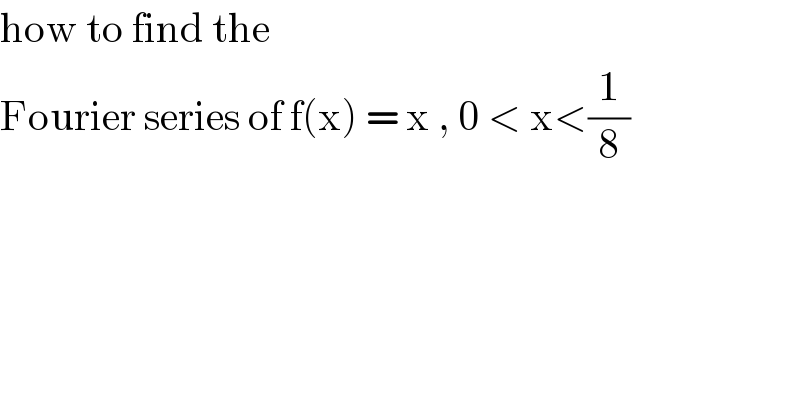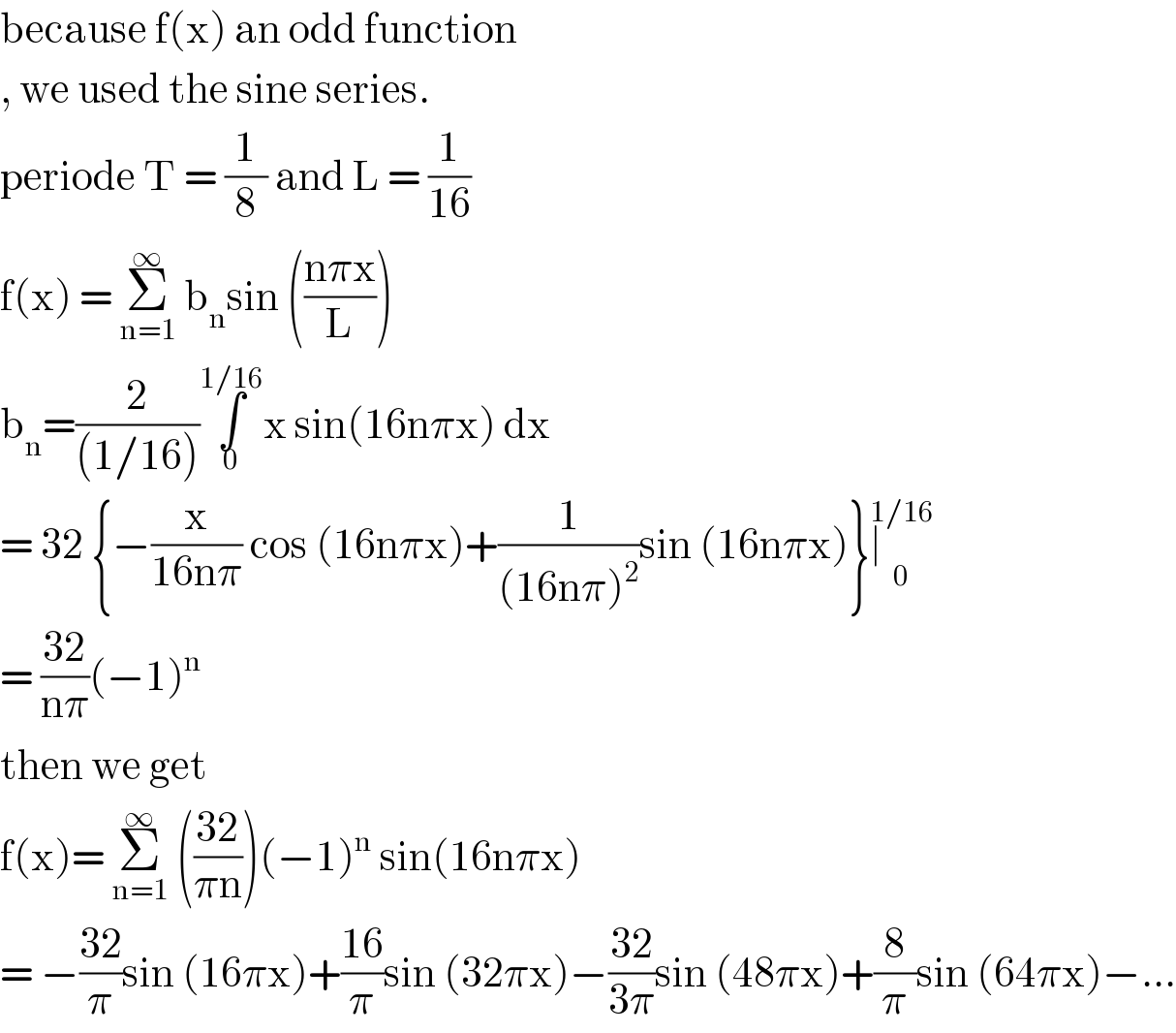
Question and Answers Forum
Question Number 77285 by jagoll last updated on 05/Jan/20

Answered by john santu last updated on 05/Jan/20

Commented byjagoll last updated on 05/Jan/20

| ||
Question and Answers Forum | ||
Question Number 77285 by jagoll last updated on 05/Jan/20 | ||
 | ||
Answered by john santu last updated on 05/Jan/20 | ||
 | ||
| ||
Commented byjagoll last updated on 05/Jan/20 | ||
 | ||